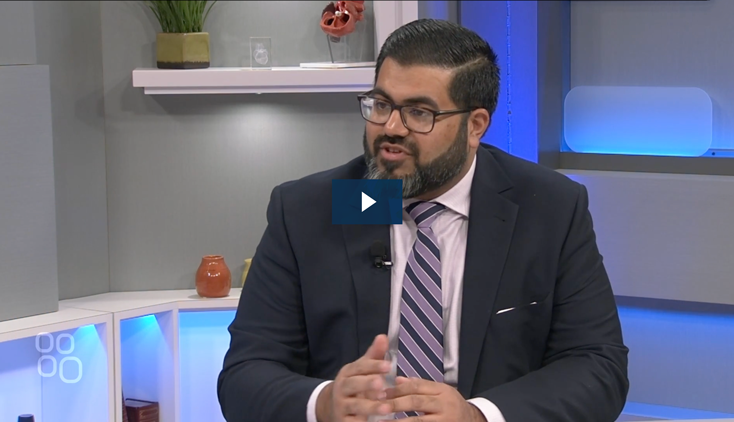ECMO, Escalation Therapy, AMI Cardiogenic Shock
Differential Utilization of Impella Devices, ECMO, and Combined Therapies as Escalation and De-escalation Strategies
Alexander M. Bernhardt, Evgenij Potapov, Christophe Vandenbriele, Carsten Skurk, Letizia Bertoldi, Federico Pappalardo
Key Topics and Take Aways
- “The rationale for device escalation lies in the ability to implement a pVAD, augment cardiac output, and improve end-organ perfusion.”
- It is important to escalate support in patients who do not respond to initial treatment to reverse the downward spiral in fulminant cardiogenic shock. “If escalation occurs too late, it is often extremely challenging to reverse multiorgan failure.”
- De-escalation should allow for an extended period for native heart recovery and resolution of clinical conditions.
- Weaning is guided by patient-tailored clinical, hemodynamic, metabolic, and echocardiographic parameters.
- Impella support plays a crucial role in bridging patients with severe heart failure to durable ventricular assist devices (VADs) or heart transplant (HTx).
This paper discusses escalation, de-escalation, weaning, and bridging from percutaneous ventricular assist devices (pVADs) in patients with cardiogenic shock. These decisions, the authors write, depend on “the underlying disease, comorbidities, native heart function, right heart function, and the circulatory demand of the patient.”
The authors explain that the insertion of a pVAD in patients with cardiogenic shock can augment cardiac output and improve end-organ perfusion. Devices include intra-aortic balloon pumps (IABPs), microaxial flow pumps (mAFPs) such as Impella®, extracorporeal membrane oxygenation (ECMO), and a combination of Impella and ECMO known as ECMELLA. They emphasize the importance of identifying patients who do not respond to initial treatment and escalating support early to optimize the chances of reversing multiorgan failure and the rapid downward spiral in fulminant CS. “A direct approach targeting the cause of CS with the appropriate device increases the chances of success of the therapy while minimizing the occurrence of major complications.”
De-escalation, the authors state, “does not necessarily mean less systemic support by pump flow, but rather the shift to a less invasive pump, in univentricular configuration and upper body (axillary) cannulation to promote patient mobilization and ambulation.” They discuss why de-escalation is useful and when to consider de-escalating patients. They explain that de-escalating patients to support with an axillary Impella allows for mobility as well as extubation and oral feeding while continuing to receive hemodynamic support. This strategy, the authors write, allows for an “extended period for native heart recovery, especially if it provides full unloading and implementation of heart failure medications, and for resolution of intercurrent clinical conditions, such as infections and end-organ damage.”
While device-specific weaning strategies are not typically well defined, the authors emphasize “general clinical, hemodynamic, metabolic, and echocardiographic parameters can help guide a patient-tailored approach to weaning and explant.” The authors describe weaning strategies for both left-and right-sided Impella support devices. They also discuss the topics of bridging to recovery and bridging to heart transplant.
"Device escalation, involving the implantation of percutaneous ventricular assist devices (pVAD), has emerged as a promising approach to improve outcomes in patients with refractory CS.”
The authors conclude, “The decision to escalate, de-escalate or wean is highly dependent on patient presentation, capabilities of the institution, and the expertise of the heart team in place. As such, standardized strategies and subsequent training is likely to aid in achieving consistent optimal outcomes for CS patients.”
Sign Up for Latest Updates
NPS-4062



